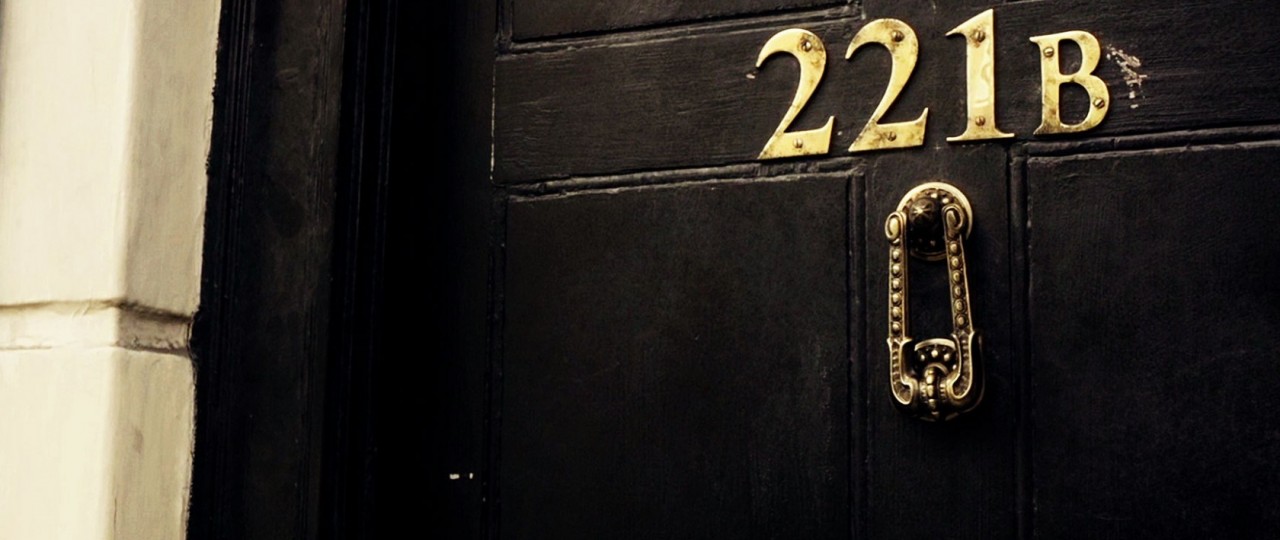Crime? What Crime?
The question “What is a crime” may sounds silly. After all, we all know that crimes are things that harm our interests. It would be a crime to steal my car, or to cut my leg. And yes, I consider it a crime if you eat my cookie without my expressed consent.
But the court looks at crimes somewhat differently. In Canada, our codes of laws are two-fold: the first part is Civil Law, which, by the way, is not the same as Civil Law system (confused? Welcome to the study of law). Civil Law are legal doctrines that regulate interpersonal conflicts. That includes conflicts between corporate entities and other organizations. Basically, a civil case would look something like Person A v. Person B. The distinction will become much more clear after we introduce the notion of Criminal Law.
Criminal Law is the second part of our system, and covers incidents that many of us would normally attribute as crimes, such as murder, rape, and corporate fraud. But a key distinction between the Criminal Law is that the action is always brought forth by the Crown, which represent the society as a whole. As such, criminal charges always deal with matters that affect the interests of the general public. For instance, a murder case would affect public interest because the murderer is a potential threat to the society. On the other hand, eating my cookie would unlikely be brought forth as a criminal case, unless the prosecutor can somehow reason that it is a matter of public interest.
Anyone can bring a civil case to court. That includes ordinary people like you and I, and corporations. For instance, Microsoft can sue an individual for copyright infringement, as can Taylor Swift. On the other hand, a criminal charge can only be brought forth by the government, represented by a prosecutor.
For now, there really isn’t much else to know about the two types of laws. In this course, you will mainly focus on civil cases.
